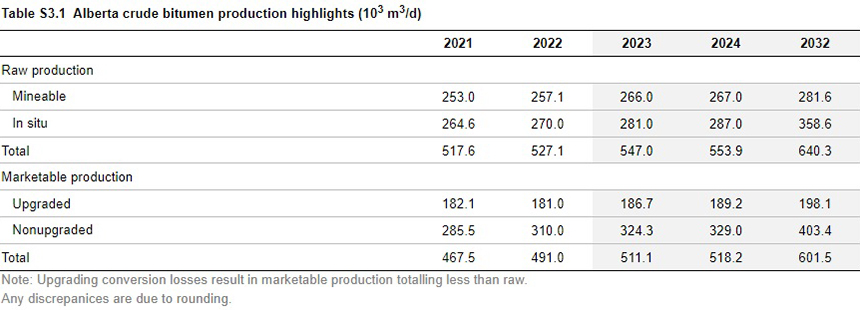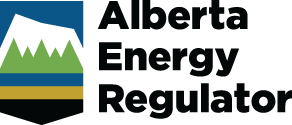Updated June 2023
Within this section
Total Production
Total combined in situ and mined bitumen production increased by 1.8 per cent in 2022 to 527.1 thousand cubic metres per day (103 m3/d) or 3317.1 thousand barrels per day (103 bbl/d) (see Table S3.1).
Growth in production is expected to carry over to 2023 with continued investment after many companies paid down a large amount of debt in 2022. By 2032, total bitumen production is forecast to increase to 640.3 103 m3/d (4029.0 103 bbl/d).

Market Conditions
The war in Ukraine highlighted energy security concerns globally in 2022 and exacerbated the oil supply shortage, leading to elevated crude oil prices in the first half of the year. Since June 2022, however, rising U.S. production and a potential looming recession have exerted downward pressure on oil prices.
Emerging Trends
Oil sands producers will continue to find ways to optimize their operations. Large companies with specialized knowledge and ample access to capital can reduce costs, maximize their production capacity, and bring new projects to life with more flexibility.
Environmental, social, and governance (ESG) investment considerations will increasingly affect the availability and allocation of capital among oil sands companies. A growing number of oil sands producers have pledged to reach net-zero carbon emissions for their operations over the coming decades. This focus on the ESG aspect of projects will shift capital investment towards lower-emission projects and technology, such as carbon capture, utilization, and storage.


